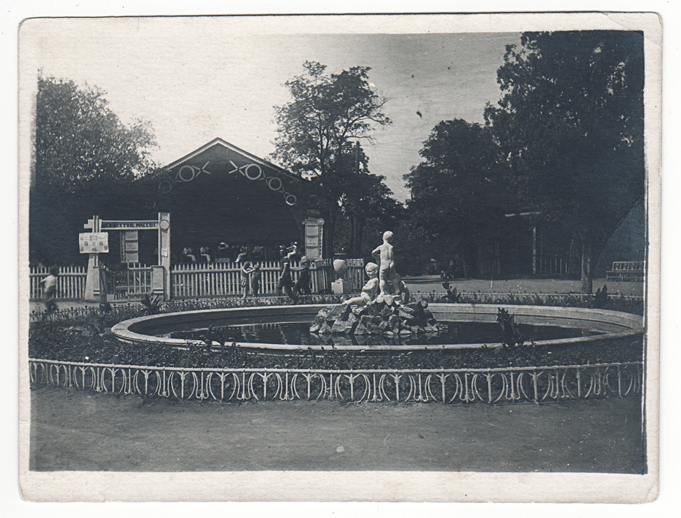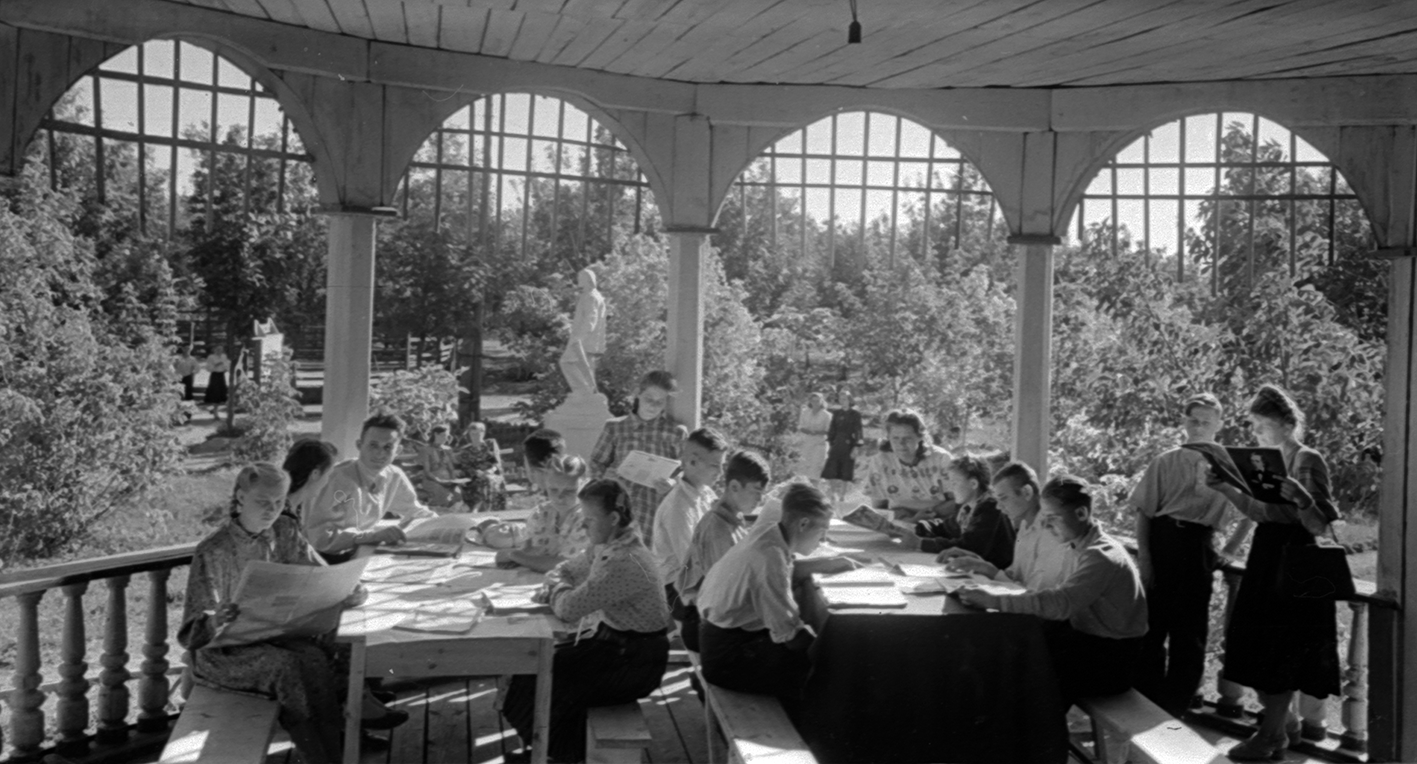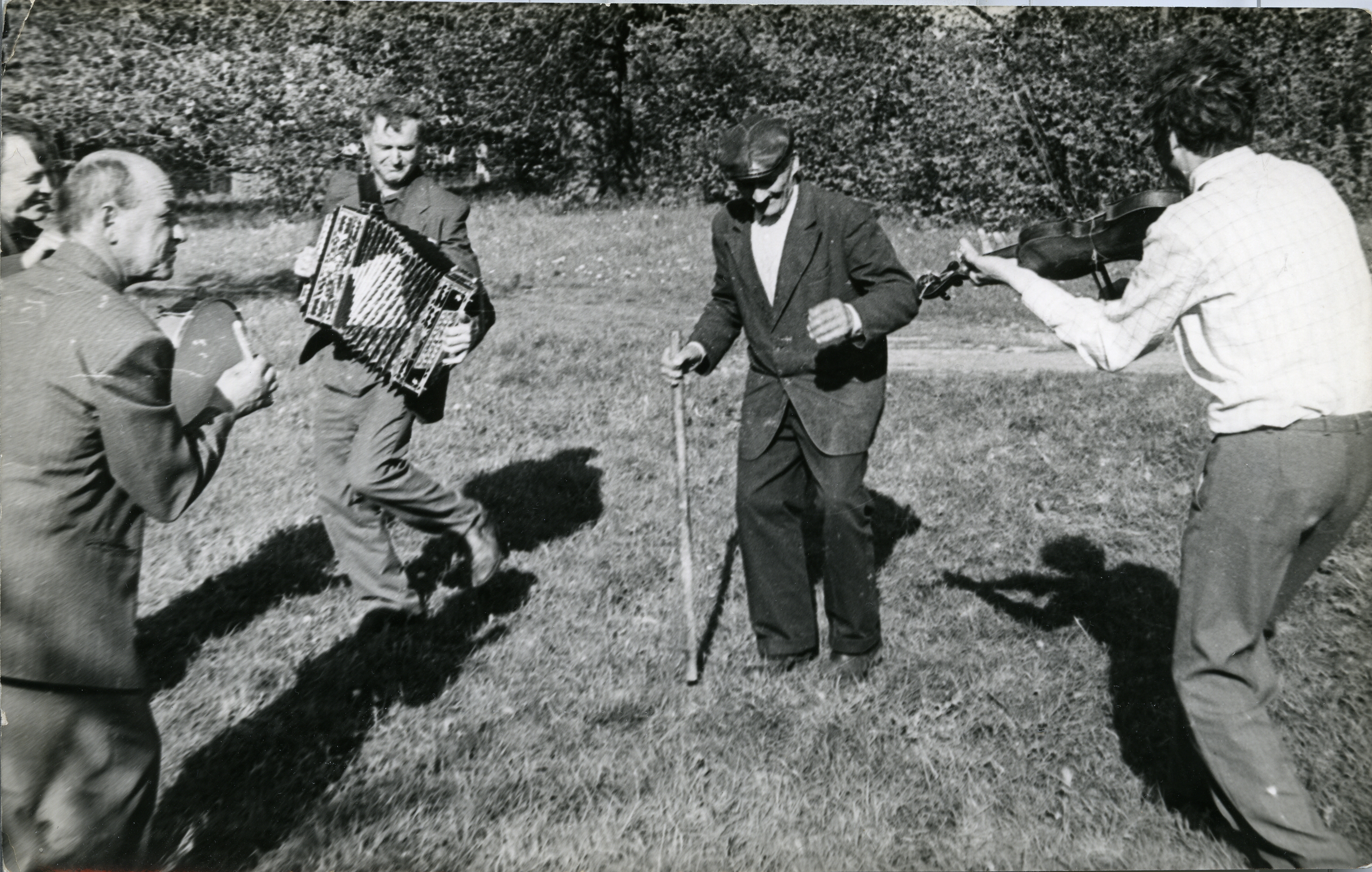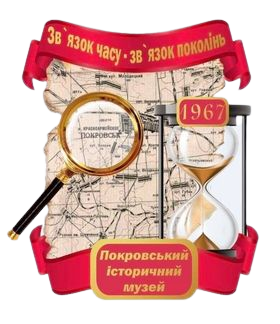Festive photographs of consumption and leisure would often be taken “in nature’s embrace”. Parks are typical urban spaces, oases of nature offering recreation amidst urban environments. At the same time, these “oases” were manmade. According to the writer Friedrich Junger, the park is the “organization of nature using architectural means and artistic principles.” Nature there is organized and disciplined. Human behavior can be similarly regulated and guided through strategic means. Since the 18th century, parks provided both leisure and education for the general public, they invited visitors to follow marked paths, to contemplate garden sculpture, and participate in organized events.

Open-air stage in the Park of Culture and Leisure in Mariupol, a postcard from the 1930s. Source: Mariupol Local History Museum
In the Soviet Union, parks gained specific cultural and ideological significance: “Parks of Culture and Leisure” combined personal contact with nature with entertainment, “cultured leisure” and ideological education. In the photos of this period, parks are presented as harmonious spaces that provide a balance between humans, nature and the state: we see lush greenery next to statues of leaders and heroes, shooting galleries, and sports grounds near to open-air stages. There was no room for wild weeds in the flower beds, and there was no place for ruffians or drunkards in the park’s social space.

Open-air reading room in the Park of Culture and Leisure at the settlement of the “Petrovo-Lidiyivka” mine, Stalino (Donetsk), 1953. Source: CSFPPA
At the same time, private photos show a rather different reality: green thickets formed hiding places from onlookers, spaces were used in an improvised, creative way.

Veterans celebrating Victory Day in Druzhkivka, 1980s. Source: Druzhkivka Art and History Museum
Some contemporary ecological approaches reject the idea of “domination” over nature and its cultivation, and promote a return to a “state of nature”: more biodiversity, priority to perennials and endemic plants that do not require human intervention, the renewal of water sources and undisrupted pathways for animals. However, to achieve this “natural state” people continue to invest their funds and efforts, while the park remains a social commons rather than a “natural” place, and a competition ground for municipalities to gain popularity with citizens.




